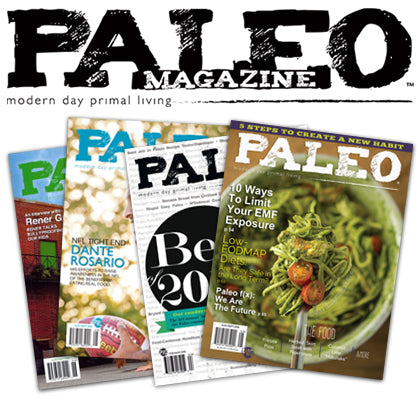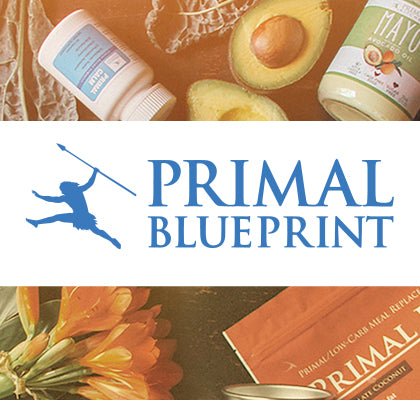- Continue Shopping
- Your Cart is Empty
Vanilla
While often synonymous with dull, basic, or plain, vanilla is in fact a rich Paleo flavor with a pretty awesome story. Between bloody origins and modern disgusting fakes, there’s much more to vanilla than meets the eye. Or taste buds. 1) History: Vanilla was initially produced in what is now Mexico, back when the Aztecs were romping around that part of the world. The Totonac people’s mythology (whom the Aztecs conquered and subjugated) proposed that vanilla orchids sprung up in the world in certain places. One of their goddesses took a mortal lover, and said goddess’s dad was none too happy about it. Daddy dearest beheaded them both, and the blood from their decapitated bodies was said to produce vanilla plants wherever it fell. You read that right: off with their heads, and on with the vanilla beans! 2) Not Easy: In reality, creating vanilla is not so easy. It just so happens to be one of the most labor-intensive and expensive spices in the world. Exactly nothing like the parsley I have let take over my yard. You need the right soil composition, soil pH, climate, time of year, pest control (without killing your crops), shade, watering, organic matter for nutrition, pollination, etc. And that’s before the processing, which is significant. All of this is reflected in the price. Pure vanilla, in 2004, shot up to $500 per kilogram. It hovers around $20 now, but supply and demand can be a bitch. 3) Overcoming Paleo Hurdles: Even though vanilla is severely processed when we usually get it, hasn’t been a normal food for over 10,000 years, and is usually employed to make the most un-Paleo of foods (like ice cream, cake, cookies, or any other food you want to make delicious), I’m gonna go ahead and deem this one “good to go.” Even as an extract, it’s legit. The alcohol only serves to increase the potency of the aroma and flavor. I wouldn’t recommend drinking the stuff in shot glasses, of course, but cook with it to your heart’s content. 4) Cooking With A Bean: You can extract the seeds, scrape them clean, use the bean pod to flavor stuff, or dry the whole thing out and grind it up for use in your “Paleo” baked goodies. Vanilla augments sweet flavors, meaning you can use less sugar. Fun fact, the black bean bod, when ground up, is what shows up as little black specks in foods flavored with natural vanilla. Which reminds me… 5) Don’t Trust the Labels…: If it smells like vanilla and tastes like vanilla, it might just be a fluid adult beavers secrete in order to mark their territory. Castoreum is “generally recognized as safe” for consumption by the FDA, and used in foods and perfumes because it smells and tastes just like vanilla. Plus, it can be legally noted as “natural flavoring” on food labels, which is why you may not have heard about it before. One more reason to avoid pre-packaged food. Although, to be fair, it doesn’t get much more Paleo… Vanilla is a legit Paleo flavor agent, and it is nothing if not fantastic. Though most Paleo folks tend to have a soft spot for chocolate, vanilla should probably scrape a spot for itself as a favorite. Provided it is real, natural, non-beaver-derivative, and preferably in a Paleo cake. A quick note: Paleo Treats does NOT use castoreum in any of our products, we're hell-bent on quality, not beaver juice. :)
X








